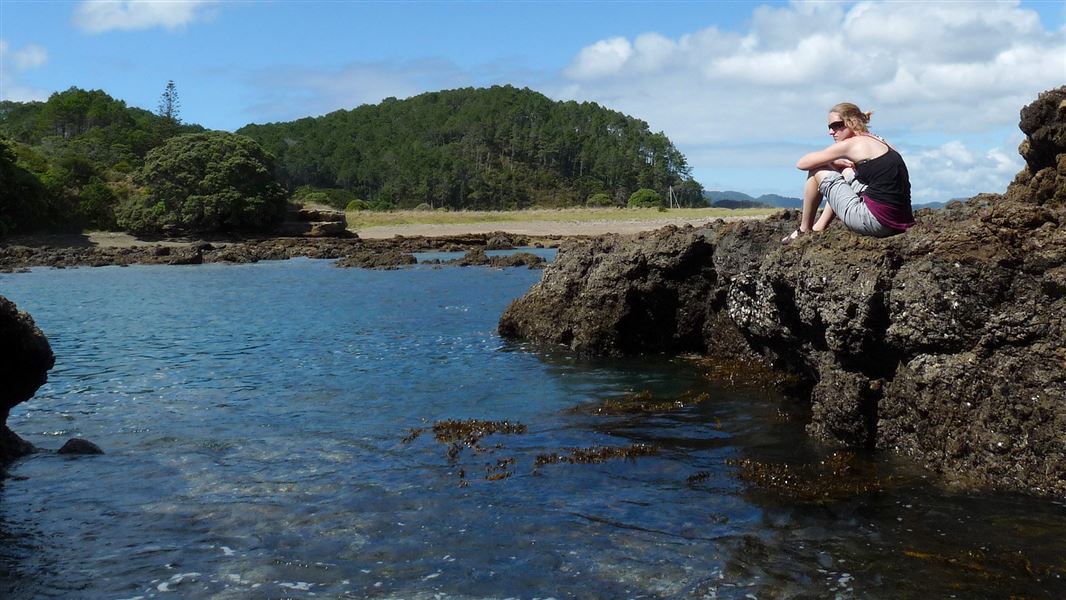
Located in the Northland region
Introduction
The island has a significant Māori history and offers a range of recreation activities, including a track to a stunning pa site, and an educational underwater trail for snorkelers.Stop kauri disease and protect kauri
- Scrub all soil off shoes and gear.
- Use cleaning stations.
- Always stay on the track.
Check you are pest-free
Check, clean, and seal your gear to ensure you don't bring pests, soil, and seeds.
